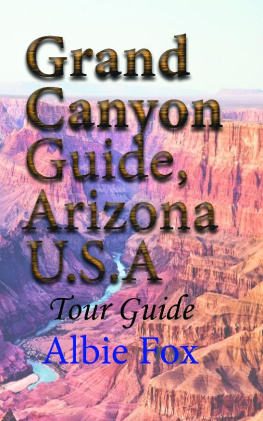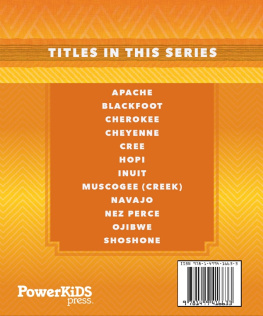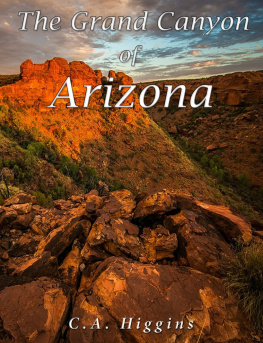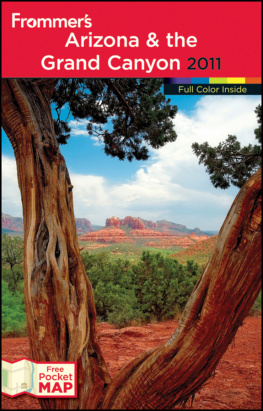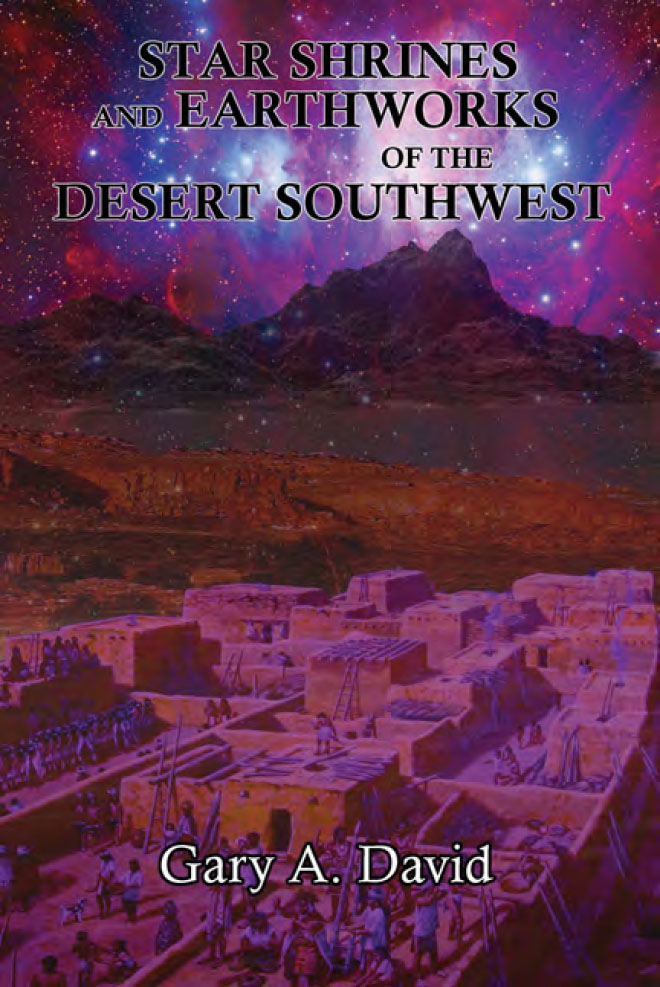
Acclaim for Star Shrines and Earthworks of the Desert Southwest
Gary Davids efforts at capturing the astronomical ethos of ancient Hopi traditions have enthused me from the moment I began reading. He has laid the crucial groundwork for grasping Native concepts of uniting earth and heaven. David convincingly demonstrates the Hopi as remarkably skilled surveyors gifted with the knowledge of establishing power centers that store and release subtle energies in precision alignment across the landscape. Readers will also be astonished to learn the vast scale and accomplishment of the irrigation canal system of ancient Hohokam engineers.
Davids special attention to detail as well as long overdue assertions equating ancient Arizonas skill-sets to those of Mayan, Egyptian, and other highly touted cultures are delightfully groundbreaking and a little breathtaking. Gary David is a visiting kachina on special mission for the traditional Pueblo People. Star Shrines and Earthworks of the Desert Southwest is a must-read for pre-Columbian aficionados and aspiring anthropologists alike.
Ross Hamilton, author of Star Mounds: Legacy of a Native American Mystery
Gary Davids work is a treasure of enormous importance. He draws us deep into the mystery of Arizona and deeper still into the lost secrets of ancient cosmology. The truth behind the myths and symbols hes uncovering has the power to unify us, just as the Hopi prophesied.
William Henry, author of Starwalkers and the Dimension of the Blessed
As above, so below. The parallels Gary David has found between the ancient Egyptian sky-ground system involving the pyramids of Giza and the constellation of Orion, and a similar project to build heaven on earth by the Hopi of Arizona, are eerie, compelling and deeply thought-provoking.
Graham Hancock, author of Fingerprints of the Gods
Star Shrines and Earthworks
of the Desert Southwest
Gary A. David

Adventures Unlimited Press
Star Shrines and Earthworks of the Desert Southwest
Copyright 2012 Gary A. David.
All rights reserved.
No part of this book, except for brief review, may be reproduced or transmitted in any form or by any means, graphic, electronic, or mechanical, including photocopying, recording, taping, or by any information storage retrieval system, without permission in writing from the publisher.
Adventures Unlimited Press
P.O. Box 74
Kempton, Illinois 60946 USA
www.AdventuresUnlimitedPress.com
ISBN: 978-1-935487-88-3 ebook

Cover art and design: Jack Andrews
www.reverbnation.com/jackandrews
Photographs and illustrations: by Gary A. David
or non-copyrighted Internet sources unless otherwise noted.
Acknowledgments
I would like to thank the following people for inspiring, supporting, and in various ways facilitating the writing of this book:
Rob Milne, T. L. Subash Chandira Bose, Mark Borcherding, Jamie Hunter, J. Christine Tegler-Del Campo, Roberta Ruth Hill, Steven Blonder, Susan Seymour Hedke, Gary Osborn, Ross Hamilton, Jack Andrews, Dr. Amanda Laoupi, Jeff Nisbet, Michael Seabrook, Glenn Kreisberg, Michael Bourne, Andrew Gough, Patrick Chouinard, Alexander Giannakos, Walter Cruttenden, Adriano Forgione, Christopher OBrien, Thomas O. Mills, Hugo Kennes, Brian Britten, Dr. Catherine Acholonu-Olumba, Zuni Elder Clifford Mahooty, Kimberley Ruff, Hopi Elder Martin Gashweseoma, Ronald Regehr, Ralph and Marsha Ring, Richard Fisher, Howard Middleton-Jones, Ray Urbaniak, Heyoka Ken Thornton, Dr. Stephen C. Jett, Linda Krumrie, Ros George, Gisela Ermel, Csar Reyes, Graham Hancock, Erich von Dniken, Gene D. Matlock, the late John Jay Harper, Jennifer Bolm, and my publisher David Hatcher Childress.
As always, special thanks and love go to my wife Anita Descault, who proof-read the manuscript and offered invaluable advice, and to my daughter Zia Ann David, of whom I am very proud.
Satellite photos courtesy of Google Earth.
Contents
the inside real
and the out sidereal
-Edward Dorn
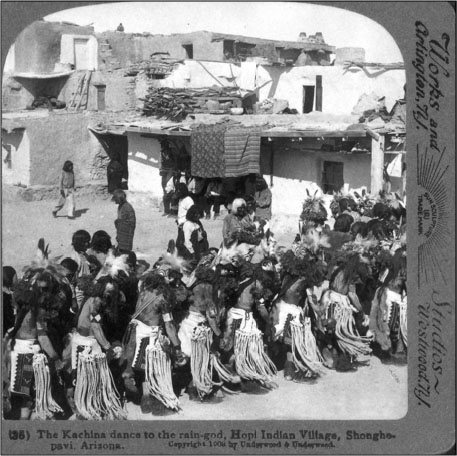
Right half of stereopticon photo, kachina dance, Shungopovi village, Second Mesa, Arizona, 1903.
Chapter 1
Star Correlations
and Earth Chakras
Follow wise Orion
Till you lose your eye,
Dazzlingly decamping
He is just as high.
Emily Dickinson
Archaeoastronomical Quest
In July of 1997 I was driving the vast, desolate spaces of the high desert in northeastern Arizona en route to see one of the kachina dances held annually on the Hopi Reservation. The Hopi tribe currently numbers about 7,000 souls spread out across a dozen different villages. Dating back to the beginning of the 12th century AD, the original villages consisted of stone and adobe apartment complexes called pueblos, each of which contained an interior plaza. The sacred kachina ceremonies are performed in the plazas from about April until July, a few weeks after the summer solstice. The kachinas are spirits to which the Hopi people pray for rain and fertility in this harsh but stunningly beautiful land. Donning multi-colored costumes and masks, the dancers circle all day long in the plaza under the brutal desert sun. The droning beat of a single cottonwood drum accompanies their slow, stately dance while gourd and turtle shell rattles accent the persistent beat.
The kachinas are basically intermediaries between the realm of humans and the realm of the gods. Thus, their role is similar to that of angels in the Christian religion. Literally hundreds of different types of kachinas exist, each with its distinctive mask and ritual paraphernalia. Painted in primary colors with a multitude of various arcane symbols, these stitched rawhide or cloth masks come in all forms: circular, square, dome-shaped, cylindrical. Some are seen with horns, others with feathers or straggly hair. Many masks have either tube-like mouths or painted triangular mouths. They might instead have fangs or diamond-shaped teeth. Kachinas can appear with bug eyes, goggle eyes, slit-shaped eyes, or no eyes at all. A few masks even resemble space helmets worn by astronauts or perhaps even ETs!
In the process of impersonating the kachinas, the Hopi menonly males may perform the dance are actually transformed into these benevolent spirit-messengers. In addition, the Hopi carve dolls called tihuta from cotton wood root. These dolls were traditionally used to teach the children about the various kachinas but are now also sold to collectors and tourists.
On my way to watch this unique Hopi ceremony, I had recently finished reading The Orion Mystery by Robert Bauval and Adrian Gilbert. In this bestseller the co-authors proposed what was called the Orion Correlation Theory. They had essentially discovered an ancient unified ground plan in which the layout of the pyramids at Giza directly corresponds to the pattern of Orions belt in the sky as it appeared 12,500 years ago. According to the entire configuration, the Great Pyramid (Khufu) represents Alnitak, the middle pyramid (Khafre) represents Alnilam, and the slightly offset smaller pyramid (Menkaure) represents Mintaka.
Next page

